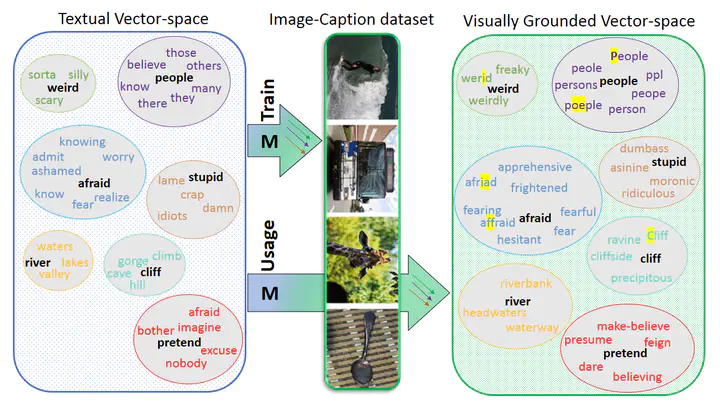Language with Vision: a Study on Grounded Word and Sentence Embeddings

Abstract
Grounding language in vision is an active field of research seeking to construct cognitively plausible word and sentence representations by incorporating perceptual knowledge from vision into text-based representations. Despite many attempts at language grounding, achieving an optimal equilibrium between textual representations of the language and our embodied experiences remains an open field. Some common concerns are the following. Is visual grounding advantageous for abstract words, or is its effectiveness restricted to concrete words? What is the optimal way of bridging the gap between text and vision? To what extent is perceptual knowledge from images advantageous for acquiring high-quality embeddings? Leveraging the current advances in machine learning and natural language processing, the present study addresses these questions by proposing a simple yet very effective computational grounding model for pre-trained word embeddings. Our model effectively balances the interplay between language and vision by aligning textual embeddings with visual information while simultaneously preserving the distributional statistics that characterize word usage in text corpora. By applying a learned alignment, we are able to indirectly ground unseen words including abstract words. A series of evaluations on a range of behavioural datasets shows that visual grounding is beneficial not only for concrete words but also for abstract words, lending support to the indirect theory of abstract concepts. Moreover, our approach offers advantages for contextualized embeddings, such as those generated by BERT, but only when trained on corpora of modest, cognitively plausible sizes. Code and grounded embeddings for English are available at [link].